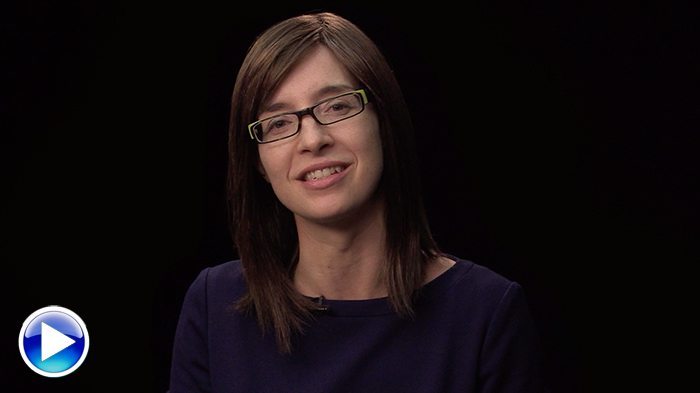2014 Game Changer: Rising Interest Rates

How High is High?
There’s little doubt interest rates are headed higher. As of mid-November, Goldman Sachs expected the key 10-year Treasury note rate to move to 3.25 percent in 2014, 3.5 percent in 2014 and 4 percent in 2016. Goldman’s rate forecast reflects expectations for increasing GDP, consumer spending and business-fixed investment over the next three years. On the big question–when will the Fed start to taper– Goldman expects the central bank to start reducing its bond purchases in March of 2014. But concerns about the potential impact of another round of in- stability linger; Goldman cautions that the tapering decision could be delayed even longer if U.S. politicians engage in another round of fiscal brinkmanship. Ultimately, rate increases would need to be justified by economic growth, says David Hale, whose firm, David Hale Global Economics, advises financial institutions and policymakers. Economic growth is the double-edged sword for the commercial real estate sector. Growth drives interest rates higher, negatively impacting cap rates, financing costs and asset values – but economic growth is also what en- ables landlords and asset owners to raise rents and boost NOI. And that’s the crux of the amazing race. Prior to the crash, the Fed funds rate, which is the rate financial institutions pay to borrow directly from the Fed, was closely linked to the rate of nominal GDP growth. If U.S. nominal GDP growth were to normalize to a 4-5 percent annual rate, with inflation at 1.5 percent or more, Hale would expect the Fed funds rate to be between 4.5-5 percent by 2017, with the ten-year Treasury rate around 6 percent. But this recovery remains fragile, Hale says. Monetary policy is accommodative, corporate profits are strong, banks have built strong balance sheets, and the U.S. is benefiting from domestic energy production and a housing rebound. At the same time, services are weak, corporate capital expenditure is volatile, and housing remains vulnerable to up-ticks in mortgage rates. With that backdrop, says Hale, policymakers will act only when economic data con- firms sustained growth, and in the meantime will maintain low interest rates.
The NOI Question
The subject of how much NOI growth is necessary to absorb an interest rate increase without impairing an asset’s terminal value will become standard fare at real estate industry luncheons in 2014, says CBRE’s Macke. Like Wang, he sees an abundance of capital flowing to real estate. But lo- cation will matter, perhaps more than ever. He suggests clients undertake a careful analysis of how sensitive the cap rates in their real estate portfolios are to various interest rate changes – alongside an evaluation of the potential changes in NOI and cap rates within the specific markets where properties are located. San Francisco and San Jose are both expected to see office rents increase 30 percent by 2018, for example. With a 7 percent cap rate, San Jose’s rising rents would appear to offer more than 200 basis points margin of safety to absorb a rise in cap rates, compared to about 120 basis points for the San Francisco market, with a 4.0-4.5 percent cap rate. But investing in San Francisco is a bet that the investment momentum of that market will continue, while investing in San Jose is a bet that actual rent increases will turn out to justify the anticipated margin of safety. For such markets, “you need to be more accurate in your forecast of NOI increases,” says Macke. At Clarion Partners, which advises pension funds, insurance companies and sovereign wealth funds, Tim Wang, the head of investment research, believes the economic growth pushing interest rates higher will allow NOI increases sufficient to offset value loss due to cap rate expansion. Wang’s points to the market’s behavior during 2013 as an indicator that the CRE sector is well-positioned for rising rates. When the 10-year Treasury rate moved up to 2.7 percent late in 2013 from 1.5 percent early in the year, long-term CRE mortgage rates rose by 30 to 70 basis points, “but we did not see any cap rate movement,” he says. The stability reflects three factors that favor commercial real estate, he adds. First is a structural feature that will enable real estate to keep pace with faster economic growth and adjust to rising rates – it’s a hybrid asset, where owners have the ability to effectively adjust the coupon rate paid to investors by raising rents. Second, capital is flowing to real estate as institutional investors facing rising rates reduce fixed-in- come exposures and raise real-estate allocations, while overseas investors continue to buy large, well-leased properties in major markets. Finally, the cap rate spread over the 10-year Treasury rate shows that there’s a significant margin of safety–late in 2013 the spread stood at 310 basis points, above the historical average since 1990 of 280 basis points. While it’s impossible to predict the timing or magnitude of interest rate changes, Wang says, it’s also not practical to wait for expected rate changes to occur before committing capital to projects. He advises clients to price a measured increase in rates into underwriting and portfolio construction decisions–a 200-basis point increase in the 10-year Treasury rate over the next five years. He expects the Fed to begin tapering in 2014, and hold off on raising rates until 2015. But the impact of rising interest rates will vary across the real estate spectrum, he says, so it’s vital for investors to tailor underwriting assumptions precisely to the time horizon of underlying projects; a value-add project with a three-year time-frame will look very different from a 10-year project that an investor plans to hold. The word that best describes the CRE recovery since 2010 is “uneven,” says Wang. “So flexibility is the key.”
Rising Interest Rates will squeeze real estate-project economics. Are you ready?
